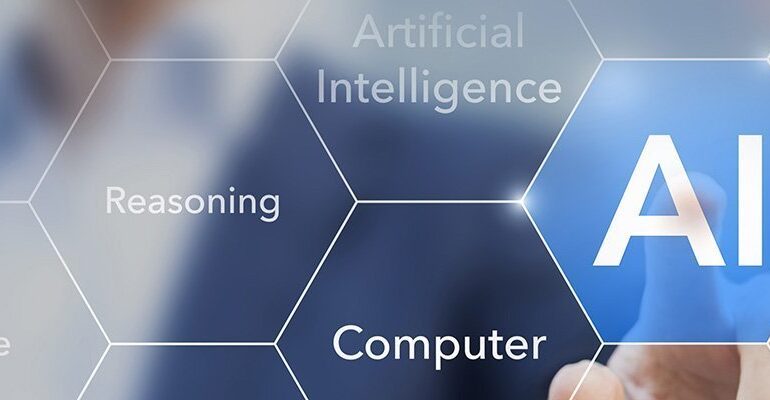
AI: The New Steroid Transforming Education
Artificial intelligence (AI) is emerging as a transformative force within education, akin to steroids in sports, yet sparking debates on ethics and efficacy. This article explores AI’s influence on teaching methodologies, student engagement, and administrative processes, shedding light on both opportunities and challenges.
The Rise of AI in Educational Frameworks
AI is increasingly integrated into educational systems, enhancing teaching strategies and tailoring learning experiences. By leveraging algorithms, educators can better understand student needs and preferences, optimizing instructional methods for diverse learning styles.
AI’s Impact on Student Engagement
Through interactive AI-powered tools, student engagement has reached new heights. These technologies offer personalized learning experiences, adapting real-time to student progress and providing instant feedback, thereby fostering a more engaging educational environment.
Administrative Efficiency through AI
AI is revolutionizing educational administration by streamlining processes such as enrollment, grading, and resource allocation. This efficiency allows educational institutions to focus more resources on enhancing learning outcomes rather than administrative tasks.
Ethical Considerations and Challenges
Despite its potential, the incorporation of AI in education raises ethical concerns, including data privacy and algorithmic biases. Addressing these challenges is crucial to ensure AI benefits all students equitably and responsibly.
Future Prospects of AI in Education
As AI technology continues to evolve, its role in education will likely expand, offering new ways for enhancing learning and teaching. However, stakeholders must navigate potential pitfalls carefully to maximize positive outcomes.
Conclusão
AI is poised to reshape education significantly, offering personalized learning and operational efficiencies. However, balancing innovation with ethical considerations is essential to ensure equitable access and avoid potential biases, ultimately achieving a harmonious integration into educational systems.





